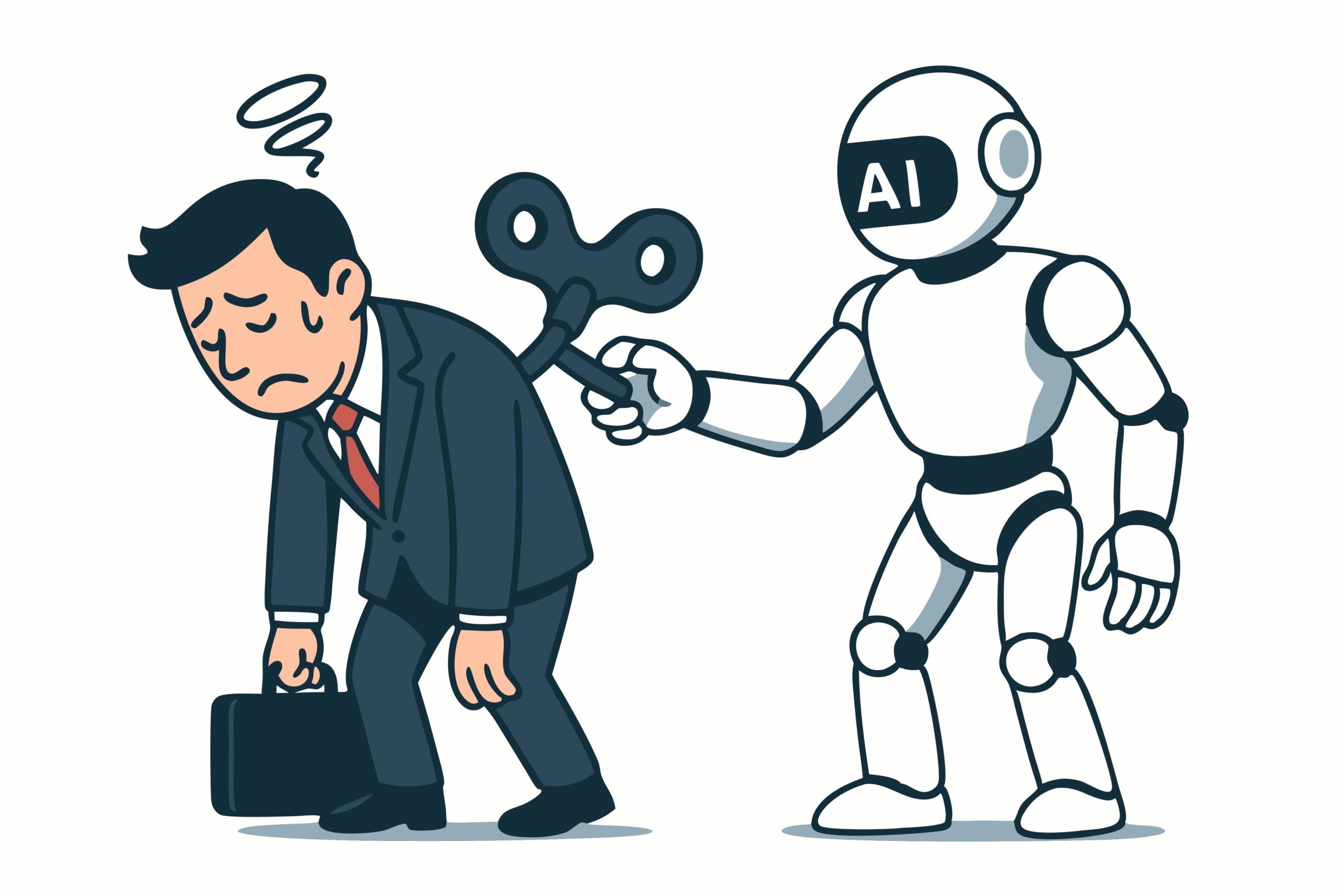The finance industry is in the midst of a quiet revolution. Artificial intelligence (AI), once viewed as a curiosity or a futuristic novelty, is now deeply embedded in the day-to-day workflows of analysts, asset managers, private equity firms, and investment banks. From parsing SEC filings to generating risk models, AI has shown that it can be faster, cheaper, and more consistent than human analysts in many tasks. But the rise of AI doesn’t mean the fall of human intelligence. Rather, the most effective financial research today blends the speed and scale of AI with the critical thinking and judgment of human professionals.
So, where exactly is AI outperforming humans in financial research? And where is the human element still irreplaceable?
Where AI Outperforms Humans
1. Processing and Summarizing Large Volumes of Data
AI models—especially large language models (LLMs) and natural language processing (NLP) systems—can ingest and summarize vast amounts of unstructured data far faster than any human. A typical earnings call transcript might take an analyst 30–60 minutes to read and analyze. An AI system can summarize it in under a second, highlighting sentiment shifts, executive tone, forward guidance, and key risks.
Similarly, AI can instantly scan thousands of pages of 10-Ks, 10-Qs, investor presentations, and ESG disclosures to pull out specific data points, compare language over time, or flag inconsistencies. This kind of document parsing is tedious and time-consuming for humans, but effortless for a properly trained AI system.
2. Pattern Recognition and Anomaly Detection
Machine learning algorithms excel at identifying patterns—especially those that are too subtle or complex for humans to detect. In financial markets, this might include:
- Detecting correlations between commodities and geopolitical events
- Spotting accounting irregularities that precede earnings restatements
- Monitoring credit card transaction trends to predict consumer behavior
- Identifying changes in executive language that correlate with performance surprises
Anomalies, seasonality, and nonlinear relationships are areas where AI shines. Human analysts may miss these signals or dismiss them as noise. AI, however, treats every data point as potential information.
3. Real-Time Monitoring and Alerting
AI doesn’t sleep. It doesn’t get distracted. And it doesn’t mind looking at a thousand dashboards at once. That makes it ideal for real-time monitoring of markets, news, and data streams.
Whether it’s watching for sudden spikes in trading volume, a regulatory change in a foreign country, or a social media trend that might impact retail sentiment, AI systems can flag important developments instantly—often before a human would know to look. This enables faster reaction times and early mover advantage.
4. Data Cleaning and Normalization
Before any analysis happens, data needs to be cleaned, tagged, and structured—a process that can consume up to 80% of a financial analyst’s time. AI can handle much of this grunt work automatically:
- Detecting and correcting data inconsistencies
- Matching entities across different datasets
- Structuring unformatted text or PDFs into machine-readable formats
This frees up human analysts to focus on higher-value tasks, like interpreting the cleaned data rather than wrangling it.
Where Human Involvement Remains Essential
Despite these clear advantages, AI is not a replacement for human analysts. It is a tool—powerful, but not infallible. There are several areas where human involvement is not only beneficial but necessary.
1. Understanding Context and Intent
AI can read words, but it doesn’t “understand” the world the way humans do. It lacks intuition, experience, and the ability to infer hidden motivations.
For example, an AI might summarize a CEO’s optimistic forward guidance and interpret it as a bullish signal. But a seasoned analyst might notice that the executive has a history of overpromising or is under pressure from activist investors—insights that come from experience, not pattern recognition. Understanding why something is happening often requires human interpretation, not just data.
2. Making Strategic Judgments
AI is great at answering questions like “What happened?” or “What’s correlated with what?” But it struggles with the next-level question: “What should we do?”
Investment decisions are rarely made purely on data. They involve weighing trade-offs, understanding client goals, anticipating regulatory responses, and interpreting long-term consequences. These are strategic judgments that require human wisdom, ethical reasoning, and sometimes even gut instinct.
AI can inform the decision—but the decision-maker should still be human.
3. Creative Thinking and Hypothesis Generation
AI is powerful at testing hypotheses, but it’s less capable of generating creative, original ones. Humans excel at asking the unexpected question, challenging assumptions, or identifying a theme before it becomes obvious in the data.
For example, a human analyst might notice a cultural shift in consumer values, explore its potential impact on a portfolio of consumer goods companies, and build a thesis around it. An AI system, by contrast, will follow the patterns it has already been trained to see.
In financial research, the next big idea doesn’t come from a spreadsheet—it comes from a person who sees something new.
4. Relationship Building and Communication
Finally, financial research is not done in a vacuum. Analysts must communicate their findings to clients, investors, colleagues, and executives. They must tailor messaging, field questions, build trust, and manage emotions. AI cannot replace the human element of persuasion, storytelling, or interpersonal nuance.
A brilliant model or insight is worthless if it can’t be effectively communicated. Human connection is essential—especially when money is on the line.
The Ideal Relationship: Human-AI Collaboration
The most successful financial research teams in the coming years won’t be purely human or purely machine. They’ll be hybrids—leveraging AI to handle the grunt work and amplify productivity, while relying on human intelligence to ask the right questions, make the right calls, and build the right relationships.
Think of AI as a junior analyst that never sleeps, never forgets, and never complains—but still needs guidance. It can take the first pass at analysis, flag areas of concern, and




